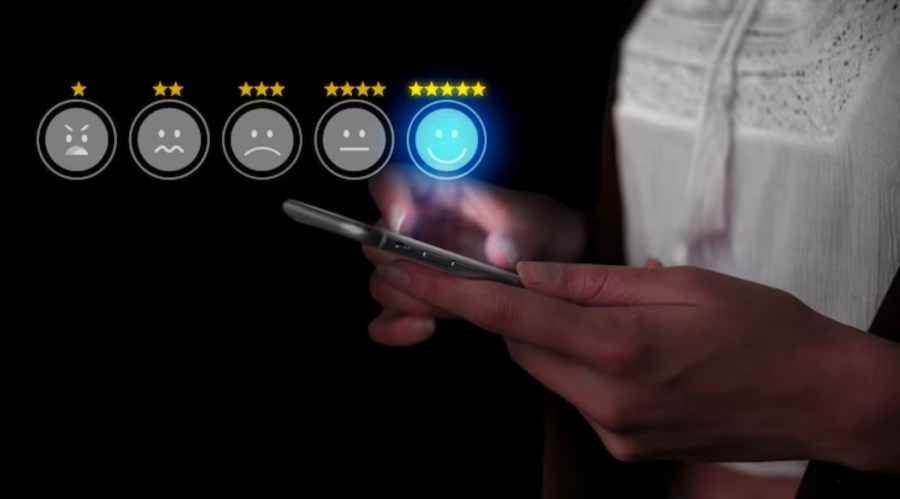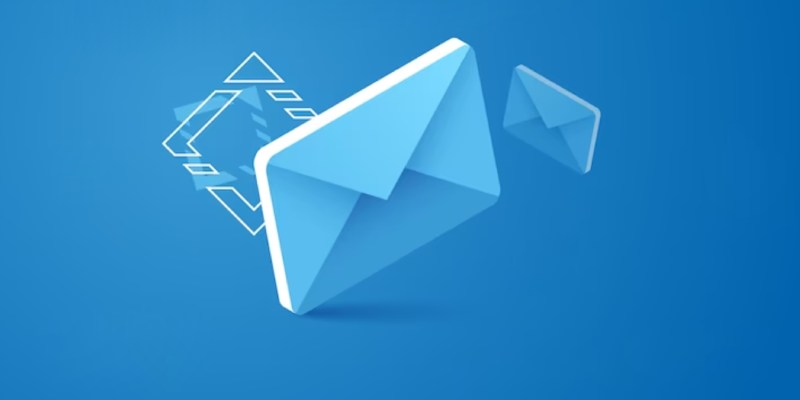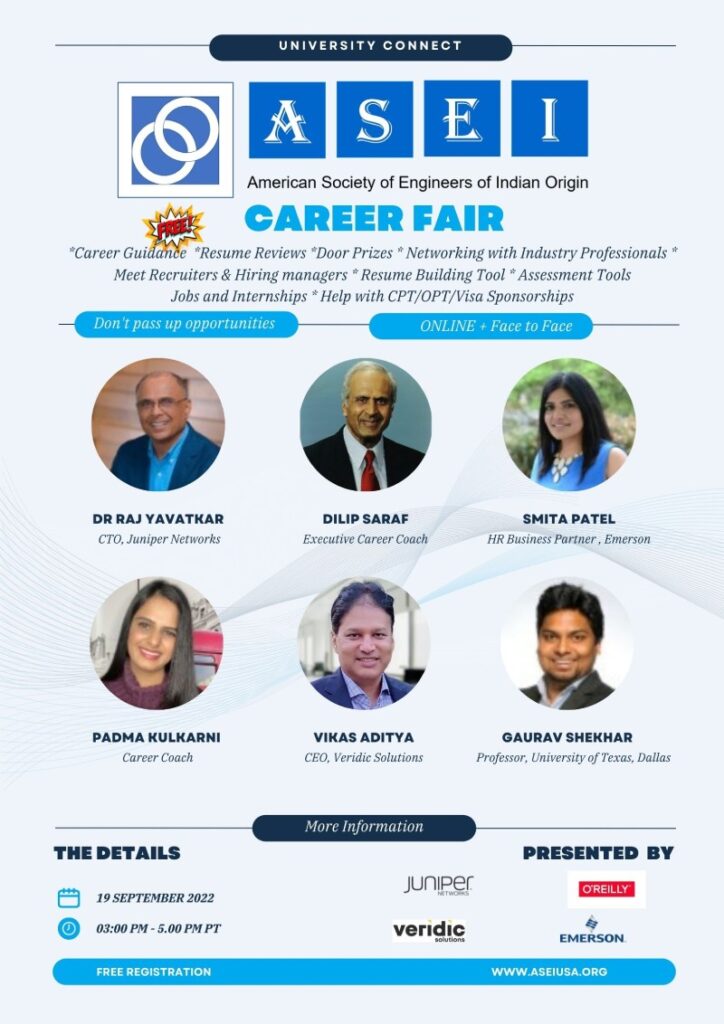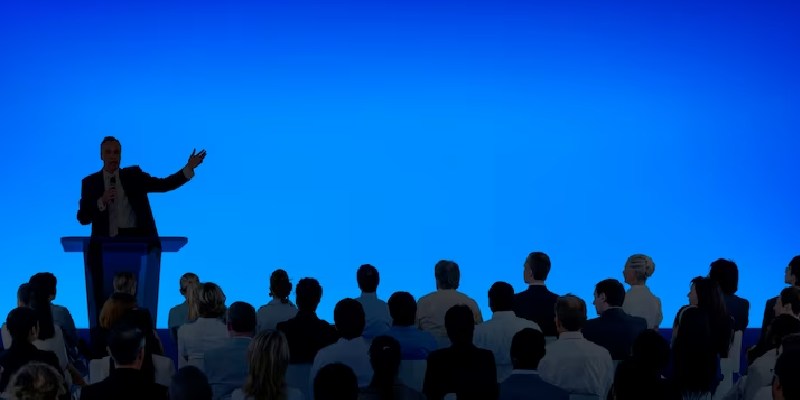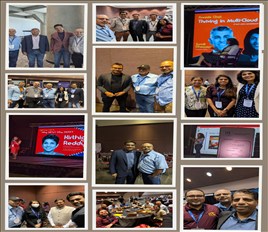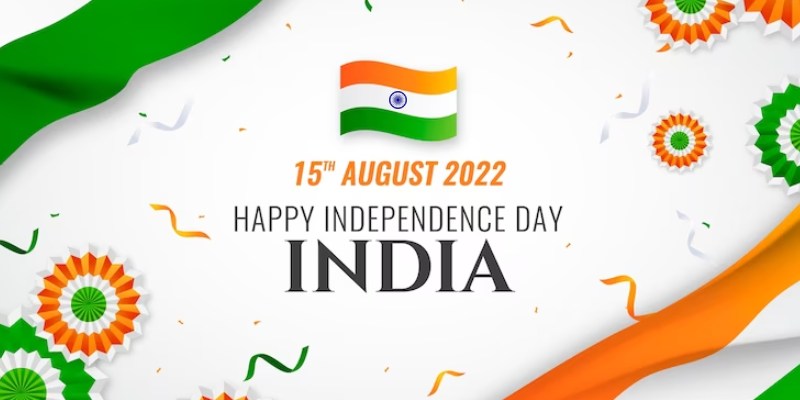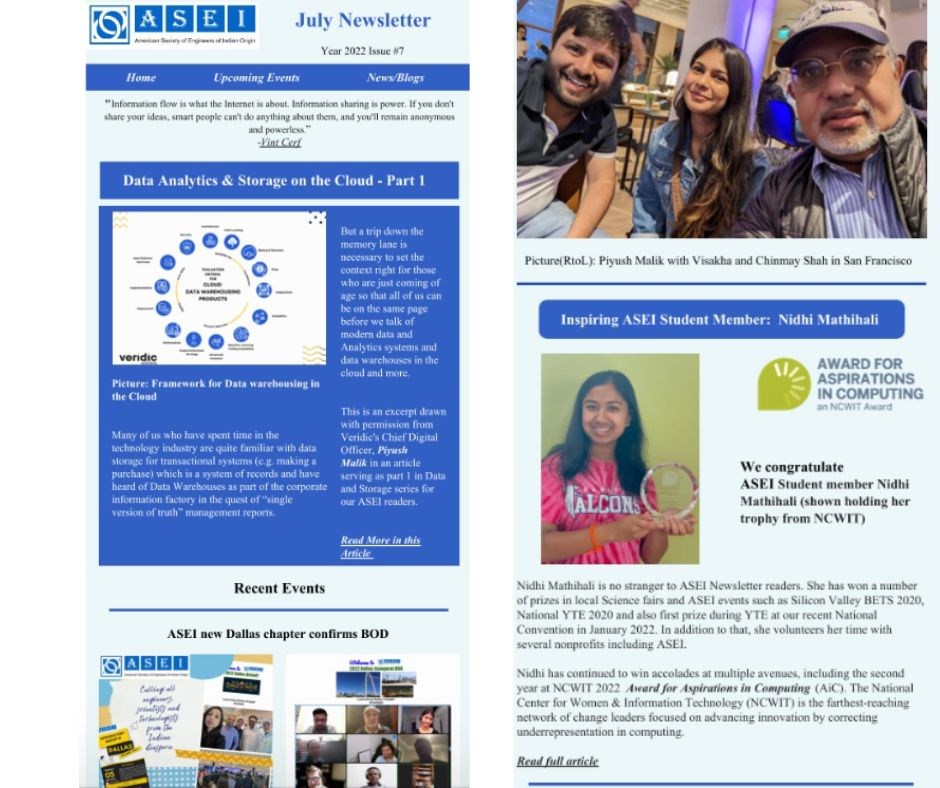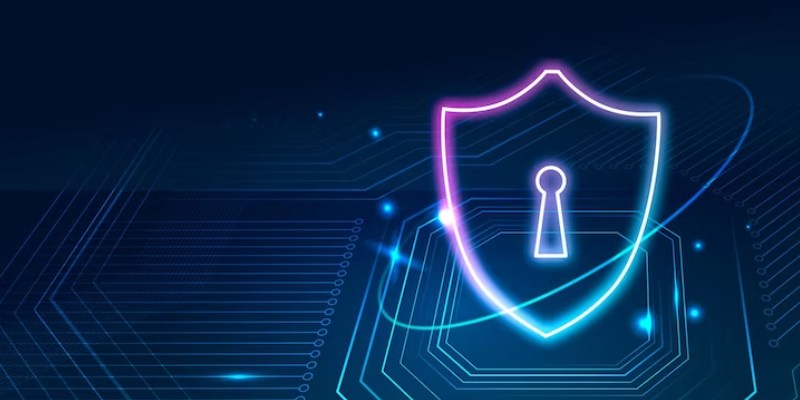
As a CX leader, I spend a lot of time thinking about how to build customer focus in our products and solutions as well as how to delight our customers. I want to ensure that our customers can trust us and rely upon us with their business critical networks and infrastructure. How can I achieve that? Do I have to simplify my products to 1-click installations or ZTP (zero touch provisioning)? Do I have to make the buying journey really simple? Should I focus on post sales product installation and adoption through amazing customer success teams? And we cannot lose site of omnichannel personalized interactions.
Well, the simple answer is that it has to be all of the above and then some. The way we do it is by focusing on the business outcomes – not ours but our customers. What do I mean by that?
Well, our customers don’t want to run the network or manage the infrastructure anymore. In the age of automation and self-driving cars, expectations from the underlying networks & infrastructure are set very high. It should just work! Self driving networks like self-driving cars should assess network health, predict anomalies, take corrective action and hum like a well oiled machine with no need for operators to be constantly tinkering with CLI, UI, or any control point software that gives observability or telemetry.
So if we only focus on personalized omnichannel engagement, product experience improvements, and easy buying journeys, we are missing the big picture of the customer’s business outcome. Don’t get me wrong – each of those aspects is critical and needs investment of company funds to achieve CX leadership in the market. However, to be a true CX differentiator, we have to up-level that thinking to focus not on just on those touchpoints or own business outcomes. We need to take it a step further and into understanding and co-owning the customer’s objectives and goals. Building real empathy for the customer’s business challenges and focusing on the impact that we can have on their bottom line is essential. The focus on delightful and impactful experiences we can bring to our costomer’s customers is an absolute must!
So the plan to achieve CX impact is by keeping the focus on the end user. In consumer companies and B2C models this is a given as companies can see the direct impact of their products on consumers and end users. But it becomes a bit trickier for B2B companies that traditionally have focused on their customers and how to engage and provide good CX to their enterprise customers. But today, we are not just B2B (business to business) anymore but stepping closer to the end user and expanding our customer empathy to the end customer (business to business to consumer). The goal has shifted to strategic alignment with our customer’s business outcomes and building empathy for their customers.
Product management as well as engineering teams need to be cognizant of that mindset during product design and development as well, understanding where and how our products are having that end user impact through usability and serviceability aspects of the products.

